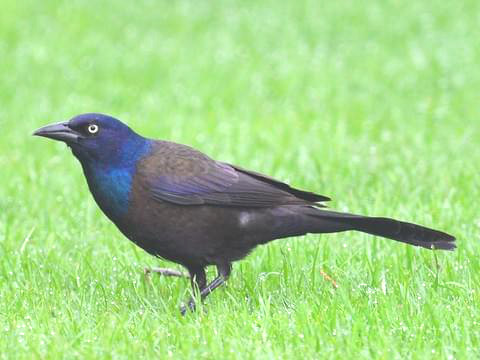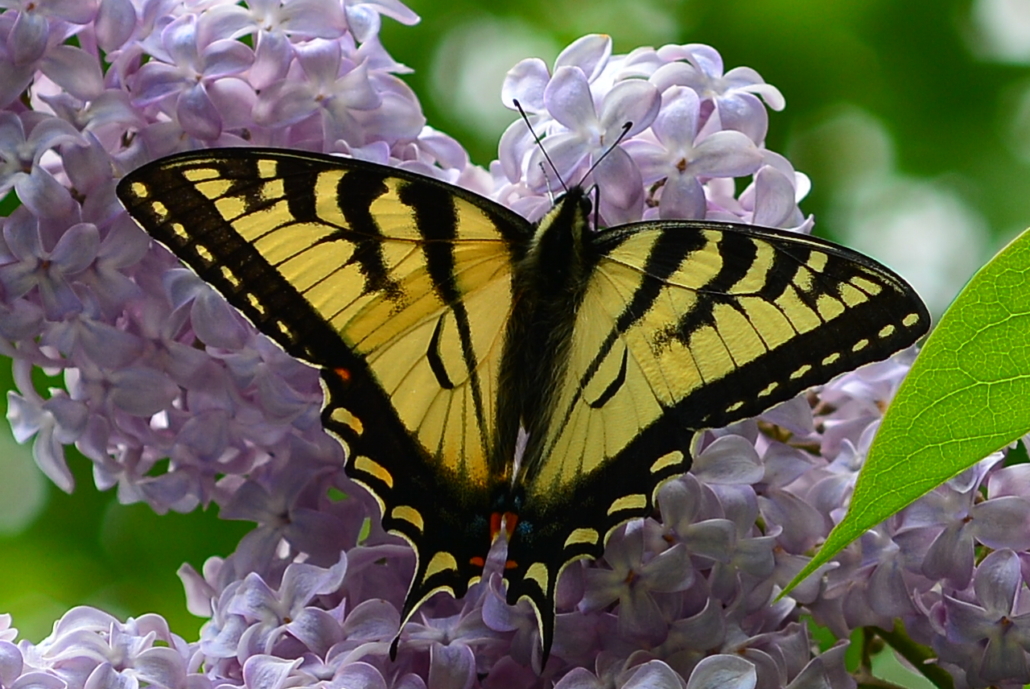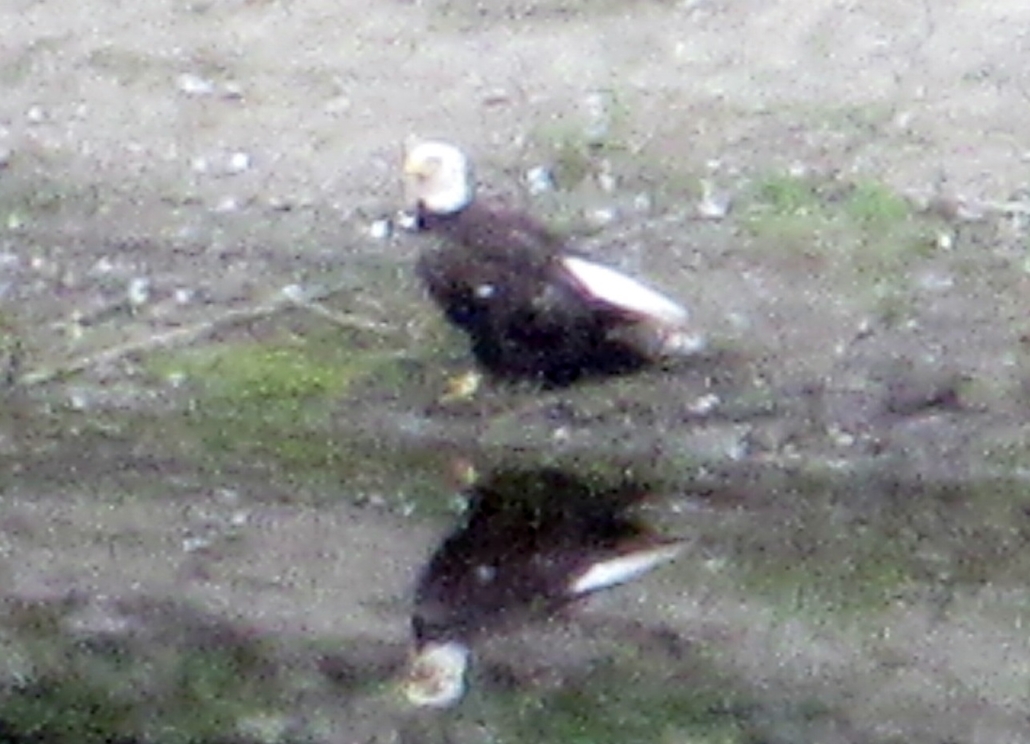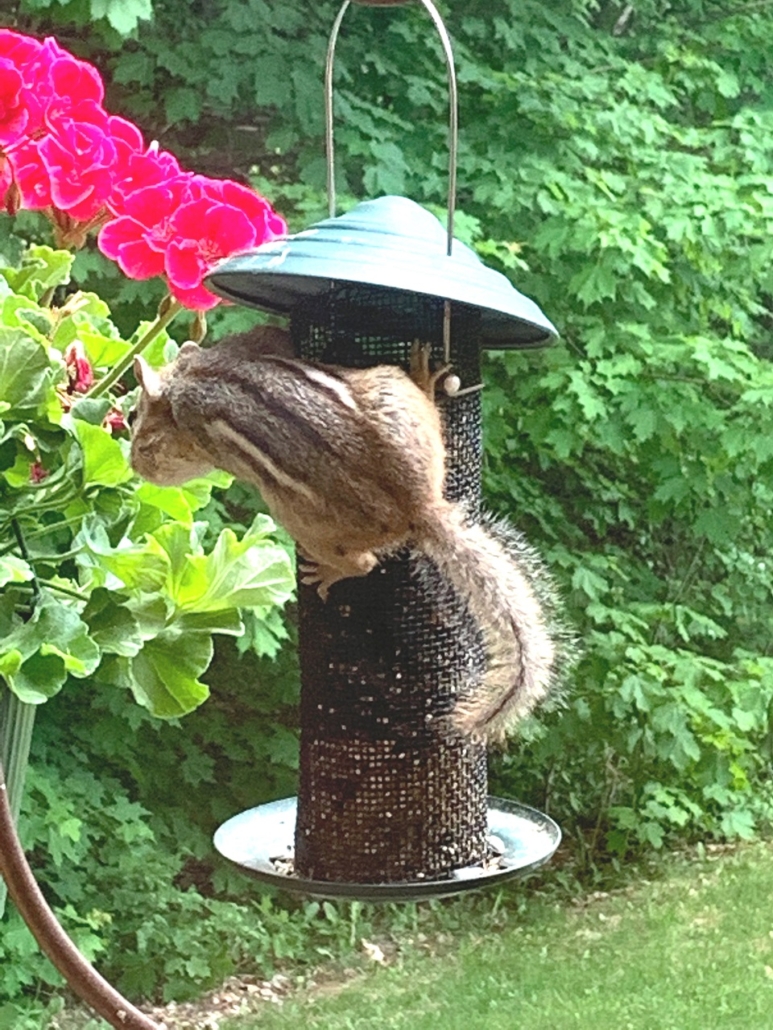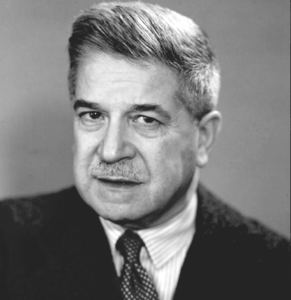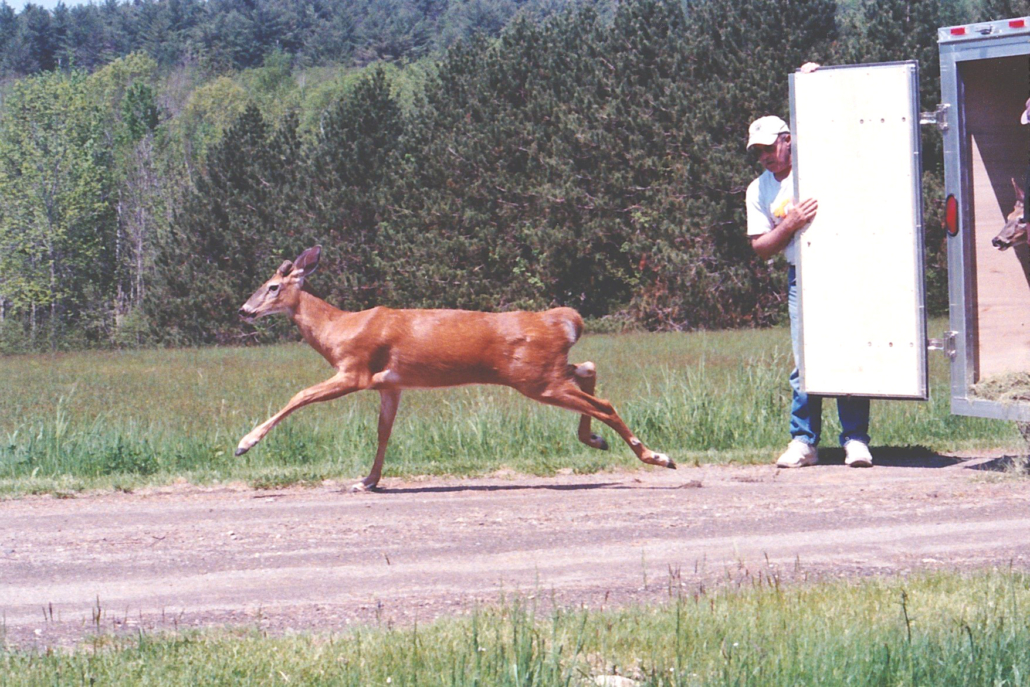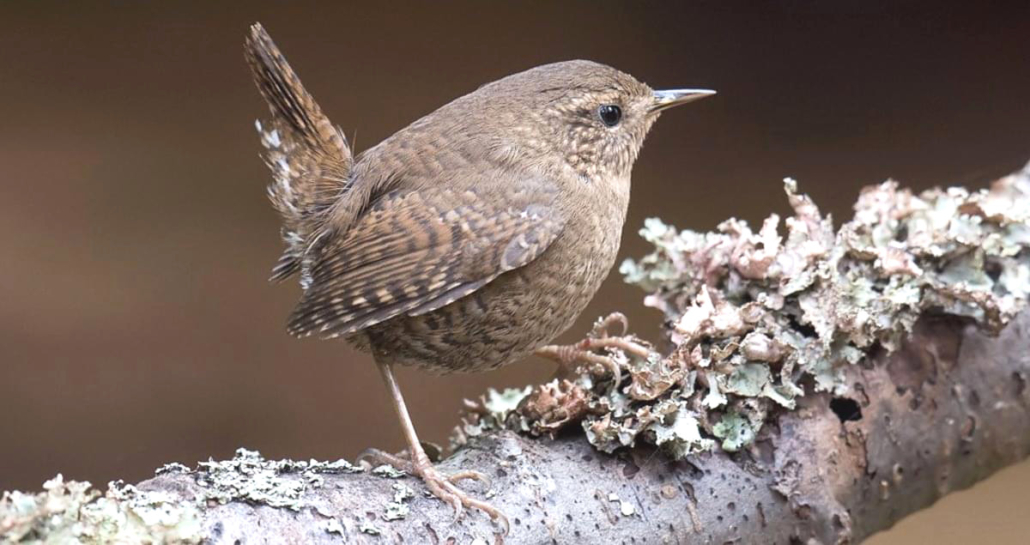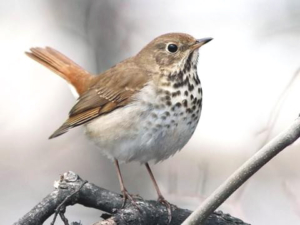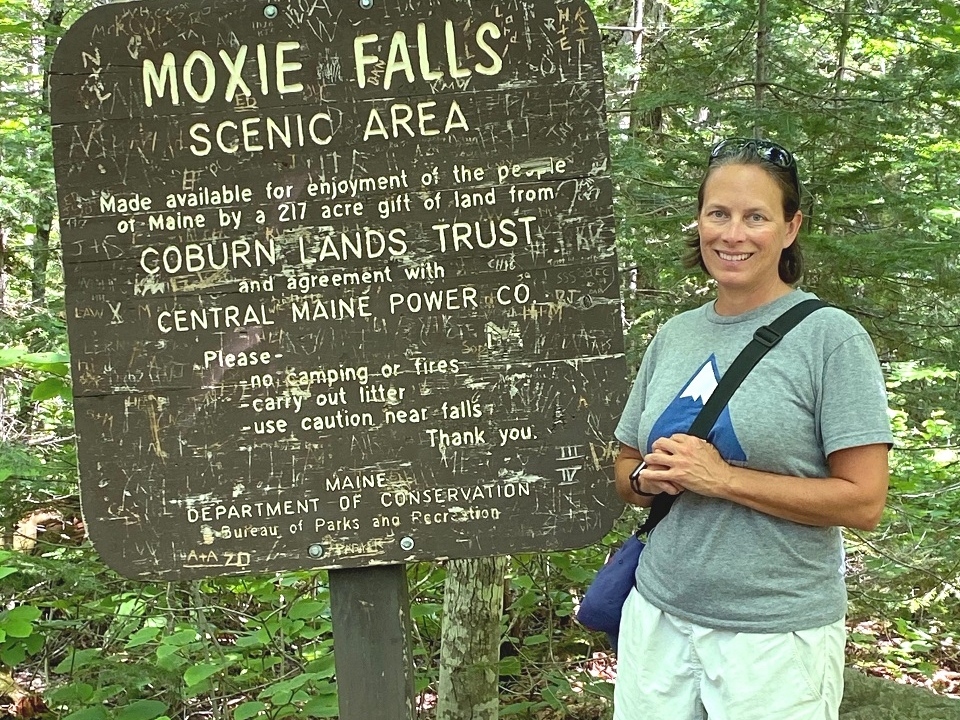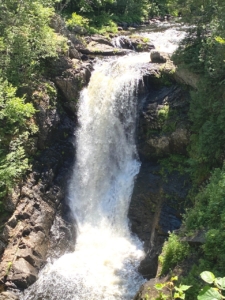SOLON & BEYOND: The Burial of Flagstaff story continues
 by Marilyn Rogers-Bull & Percy
by Marilyn Rogers-Bull & Percy
grams29@tds.net
Solon, Maine 04979
Before I get into this week’s third column of the Burial of Flagstaff, I’m going to print the only recent news I have received: The August 10, 2020, Embden Historcal Society meeting has been canceled. My many thanks go out to Carol Dolan for keeping us informed.
The Burial of Flagstaff: The anxiety of waiting by Roland Hallee and Marilyn Rogers.
The dam was now under construction and the residents of Flagstaff knew the end of their quaint little town was near. Anticipating the changes that were coming, residents were saddened and serious. They were not resentful, rather, but rather bewildered. As to what they will do and where they will go, no one had a definite answer.
Outside the community the project meant work, cutting flowage, construction and after completion, more industry from storage water power.
The men of Flagstaff had always been lumbermen, rivermen and guides. Among the families who came down through the years were the Viles, the Wings, the Savages, the Hines and Taylors.
The most noted and remembered set of buildings to go was the so-called Parsons Place. A huge set of buildings built in the early 1880s by Thomas Butler and later sold to Samuel Parsons. This was a road house or old time tavern open the year around. The stage from “down river,”originating from New Portland and connecting with “up-river,” Eustis, and tied up there, lumbermen, river drivers, hunters, fishermen, guides and all who traveled the Dead River region planned to stop at the Parsons Place whenever going that way.
The Dead River was about 50 miles long. It ends at The Forks where it flows into the Kennebec River. It rises out of Chain of Ponds and watershed of the United States and Canada.
Also within the water area was the DAR market place in honor of Col. Timothy Bigelow, one of the leaders in the Arnold Expedition and the first known white man to ascend the mountain that bears his name.
Also taking place at this time was a meeting of the Flagstaff and Dead River boards of selectmen to discuss and name the desired location for the removal of their cemeteries. Eustis Ridge was the desired site.
Leroy Parsons, who was second assessor of the plantation, while referring to his own home and while pointing to the eaves of the house, grimly remarked, “They say that will be the high water mark.”
Mrs. Kenneth Taylor, a great-great granddaughter of one of the early settlers, Rufus Viles, remembered earlier happier days.”The beauty of these days, make us all realize our homes here are more precious than ever before.”
In an article in the Waterville Morning Sentinel, on March 7, 1949, columnist Clayton LaVerdiere wrote:
A gallant little town that is slated to die came out with one last, bold gesture of defiance here tonight.
As if nothing had ever happened – or ever would – some 30 of Flagstaff’ s voters conducted their annual town meeting in a business-like manner that belied the apprehehension lurking in the hearts of all.
Sitting in the the tiny schoolhouse, bronzed woodsmen and their wives studiously avoided discussing the numbered days of a community that will probably, by next March, be at the bottom of a lake….
They tackled 25 articles of the town warrant with enthusiasm, voting to keep their schoolhouse, and appropriated $1,000 for an “Old Home Day” that promises to be the biggest thing to hit Flagstaff in many a moon.
Deep in their hearts they all knew, though, that this celebration would be a colorful farewell to a town they knew so well, a town rich with the history of America’s struggles for freedom.
Voters dropped their ballots into a hat in the old-fashioned way, raised $11,368 and the called it a night.
Flagstaff had been an active, busy little town since 1865, thriving on the vast woodlands bounding it on all sides. It was established close to the banks of the Dead River, whose waters eventually would be backed up to cover the town.
Although town residents watched as 700 men were swarming over adjacent property, clearing the land for the huge project, they were still uncertain as to when the evacuation date would come.
Perry Burbank, who had just been elected to his 21st term as town clerk said, “we’ re still looking ahead as if nothing ever happened.”
Captain Cliff Wing, attending his 55th town meeting, slouched behind the tiny desk and said little. There was a gleam of sadness in the 76-year-old gentlemen’s eye. “I guess it’s a good thing in the end probably,” he said, after awhile, “but I kind of hate to leave. It’s just hard to tell where we’re goin’, what we’re going to do.”
Hilda Ames’ big job was teaching some of Flagstaff’s four high school, 14 grammar school and 22 primary grade pupils, but that night, she too, felt rather sad, “I’ don’t like it very well, she said. “I’ve always lived here. It’s hard to think of any other place to live.”
Her husband, Hazen, who owned a store on Flagstaff’s Main St. said “I wouldn’t mind if I had been younger. No one knows where to go, what to do.”
Evan Leavitt, postmaster and proprietor of the town’s general store, added “nobody likes to be forced out of their home. It’s just human nature.”
The light point of the meeting came when Perley Stevens was unanimously re-elected as road commissioner. He responded by saying he wasn’t sure he could do the job that year. (Perley Stevens was my dear uncle).
The residents now awaited the full flood of the spring runoff which once signaled the re-awakening of the lovely rural country side.
The residents of Dead River Plantation also faced the same fate. By March 1950, the highway was already flooded, thus closing forever the Dead River Road from the intersection where the new road leads to the dam at Long Falls. By this time, Bert Witham’s home had already been burned, as well as the old landmark of the highway, Parson’s Place and the old Ledge House.
By the spring of 1950 the waters of the Dead River crept slowly over a barren burned-over countryside with only a few scattered buildings, all abandoned to a watery death.
Water flowing into a 25-mile man-made water reservoir had already cut off the roads, and all the residents of Flagstaff and nearby Dead River, had moved.
And now for Percy’s memoir: People are only complete when they have a true friend to understand them, to share all their passions and sorrows with and to stand by them throughout their lives. Always remember: Don’t worry, be happy!



